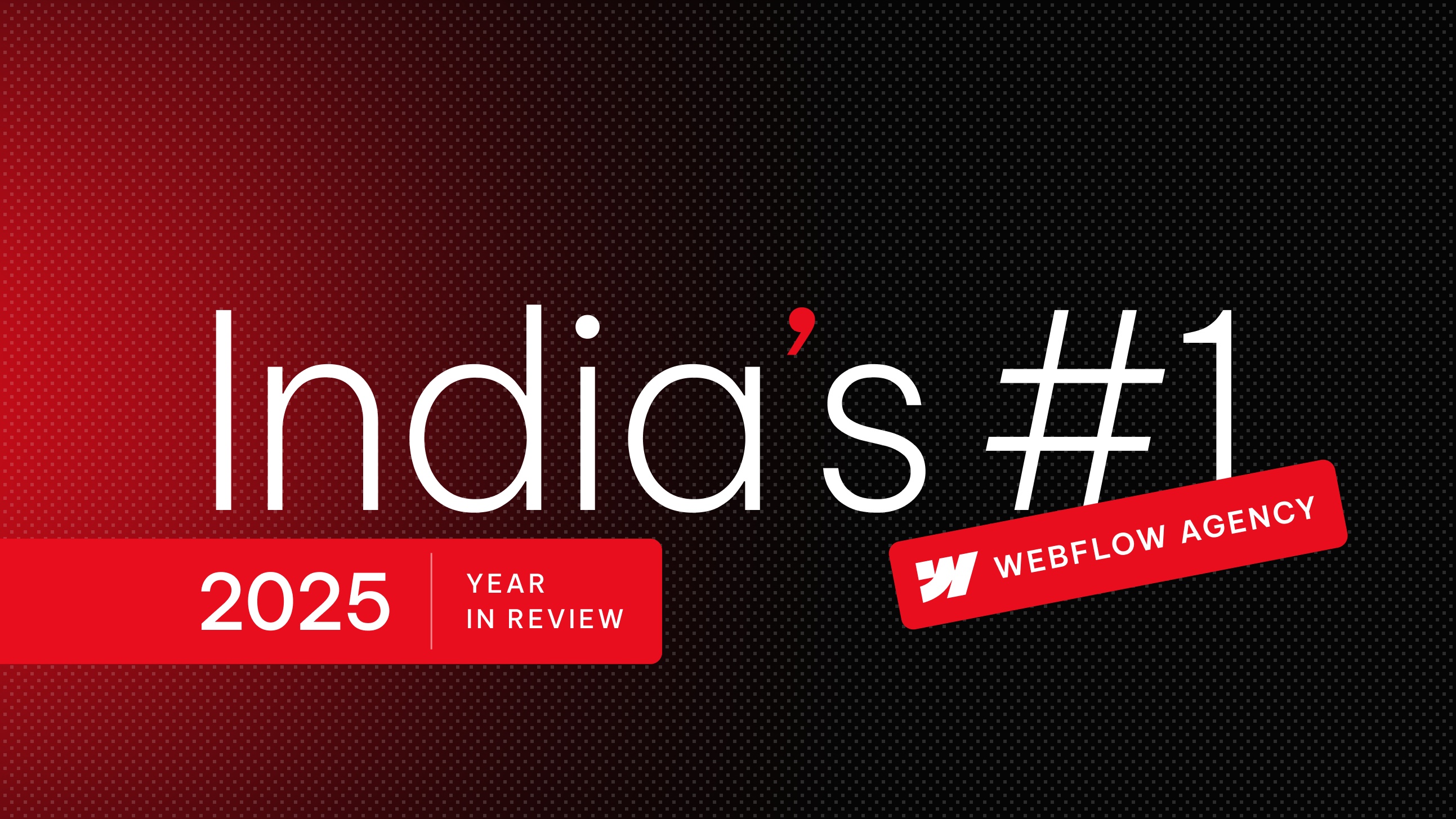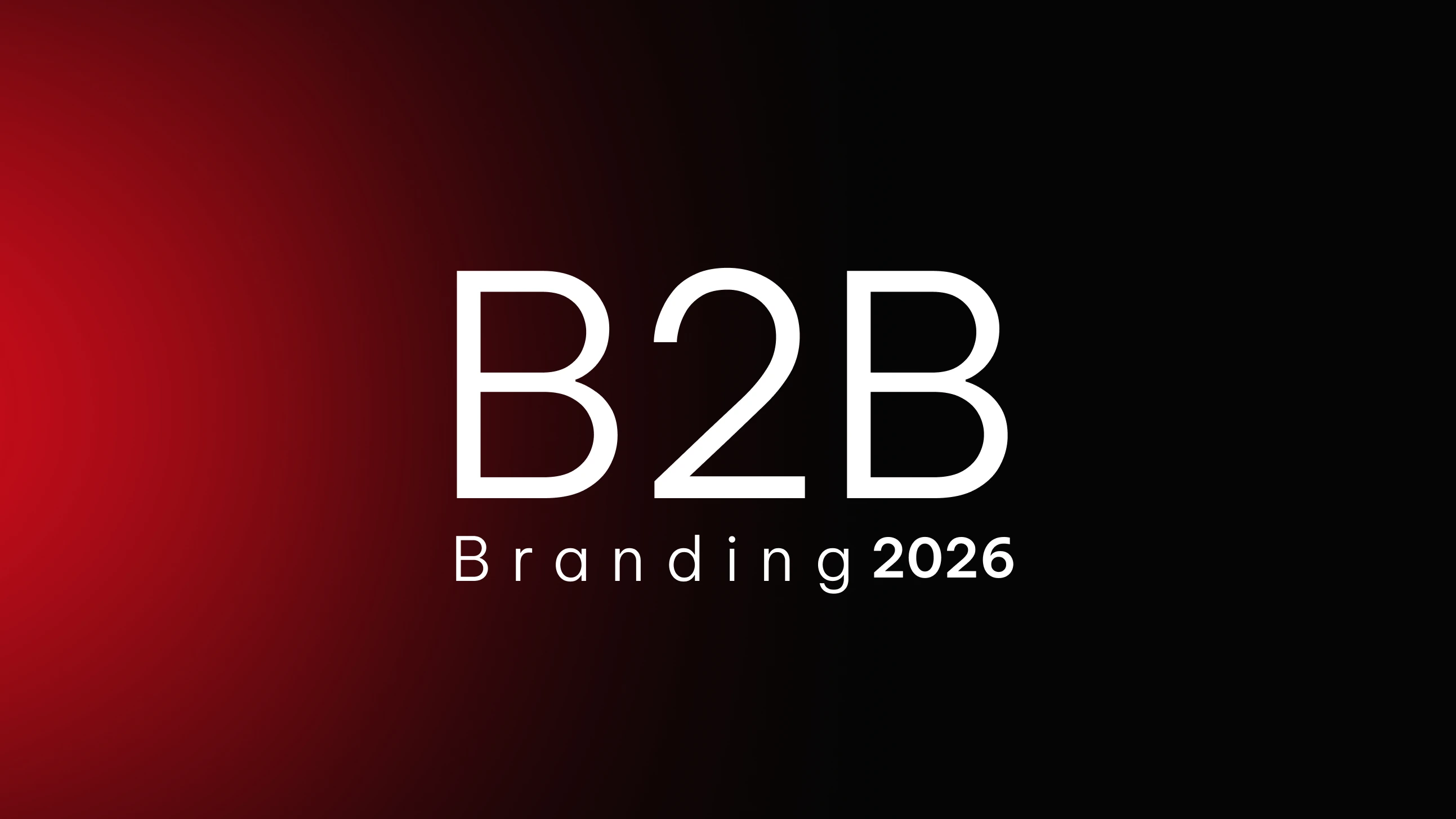The Ultimate Guide to Webflow Design and Development: Boost Your Website’s Performance with Proven Techniques
Table of content
Transform your website with expert Webflow development
Let’s discuss how our team can bring your digital vision to life.
I. Understanding Webflow Design Principles
When designing a website in Webflow, it’s crucial to consider the following design principles:
Visual Hierarchy: Establish a clear hierarchy of elements to guide users’ attention and improve usability.
Typography: Choose appropriate fonts, sizes, and styles to enhance readability and visual appeal. Color Schemes: Create harmonious color palettes that align with the website’s branding and purpose.
User Experience (UX): Craft intuitive navigation, engaging interactions, and effective calls to action. Implementing these design principles in
Webflow involves: Utilizing the built-in design tools and options provided by Webflow.
Customizing the website’s layout, typography, and color scheme using the visual editor.
Applying interaction animations and transitions to enhance user engagement.
II. Webflow Development Best Practices
To ensure efficient and effective development in Webflow, follow these best practices:
Structuring Pages: Organize your website’s content by using appropriate sections, divs, and containers.
Reusable Components: Utilize Webflow’s Symbols and Global CSS classes to create reusable elements.
Code Optimization: Minimize unnecessary code, optimize images, and leverage Webflow’s asset management features.
SEO-friendly Practices: Implement meta tags, optimize headings, and generate clean URLs for better search engine visibility.
Implementing these best practices in Webflow involves:
Properly structuring and organizing elements using the visual canvas.
Leveraging Webflow’s interactions and animations to create engaging user experiences.
Optimizing the website’s code and assets for faster loading times.
III. Enhancing Website Performance in Webflow
Optimizing your website’s performance is essential for a seamless user experience. Here are some steps to enhance website performance in Webflow:
Image Optimization: Compress images, use appropriate formats, and implement lazy loading for faster loading times.
Reducing HTTP Requests: Combine CSS and JavaScript files, use CSS sprites, and minimize external scripts.
Minifying CSS and JavaScript: Remove unnecessary whitespace, comments, and redundant code from your CSS and JavaScript files.
Caching and Content Delivery Network (CDN): Leverage caching techniques and utilize a CDN to deliver content faster.
Implementing these steps in Webflow involves:
Using Webflow’s image optimization features to compress and optimize images.
Minifying CSS and JavaScript code using Webflow’s built-in tools.
Configuring caching and utilizing a CDN through Webflow’s settings and integrations.
IV. Mobile-Friendly Web Design with Webflow
With the increasing use of mobile devices, it’s crucial to create mobile-friendly websites. Here’s how you can achieve it using Webflow:
Responsive Design: Use Webflow’s responsive grid system and breakpoints to ensure your website looks great on different devices.
Mobile-first Approach: Design and optimize your website for mobile devices first and then scale up for larger screens.
Touch-friendly Interactions: Incorporate touch gestures, responsive menus, and large clickable elements for mobile users.
Performance Optimization: Implement techniques like image optimization, lazy loading, and code optimization specifically for mobile devices.
Implementing these strategies in Webflow involves:
Utilizing Webflow’s responsive design tools to create breakpoints and customize layouts.
Previewing and testing the website on various mobile devices within Webflow’s design interface.
Implementing touch-friendly interactions and optimizing performance specifically for mobile devices.
V. Advanced Webflow Features and Integrations
Webflow offers advanced features and integrations that can enhance your website’s functionality and user experience. Here are some notable ones:
E-commerce Functionality: Set up an online store, manage products, and enable secure payments using Webflow’s e-commerce capabilities.
CMS Capabilities: Create dynamic content-driven websites with Webflow’s Content Management System (CMS).
Third-Party Integrations: Connect your Webflow website with various third-party tools and services for marketing, analytics, and more.
Implementing these features and integrations in Webflow involves:
Exploring Webflow’s e-commerce and CMS functionalities through the editor and settings.
Configuring and connecting third-party integrations using Webflow’s integrations panel.
VI. Webflow Design and Development Resources
To continue learning and staying updated with Webflow design and development, explore these valuable resources:
Webflow University: Access tutorials, video courses, and documentation to deepen your Webflow knowledge.
Webflow Community: Engage with fellow Webflow users, ask questions, and share insights in the Webflow community forums.
Webflow Showcase: Browse through the Webflow Showcase to gain inspiration from exceptional Webflow websites.
Webflow Blog: Stay updated with the latest trends, tutorials, and industry news on the official Webflow blog.
These resources will provide you with valuable insights, tips, and inspiration to take your Webflow skills to the next level.
In conclusion, The Ultimate Guide to Webflow Design and Development equips you with the knowledge and techniques needed to create visually appealing, high-performing websites using Webflow. By following the outlined steps, you will be able to boost your website’s performance, optimize for mobile devices, and implement advanced features to create an exceptional user experience.
Frequently asked questions
Yes. Agencies like AppsRow provide ongoing maintenance, content updates, bug fixes, speed optimization, SEO monitoring, and new feature development to keep your website performing at its best.
AppsRow offers 100% custom design, fast development, optimized CMS structure, lightning-fast performance, and seamless integrations. With expert Webflow developers and long-term support, AppsRow helps businesses grow online.
The cost depends on the project. Simple landing pages start at $300, business websites range from $500–$2,000, and advanced CMS or eCommerce sites range from $2,000–$6,000+. AppsRow provides flexible pricing based on your needs.
They provide custom UI/UX design, clean Webflow development, advanced animations, CMS structuring, SEO optimization, Zapier/Make integrations, and maintenance services—ensuring a fully scalable and high-performing website.
Certified partners bring years of experience, follow best practices, deliver pixel-perfect builds, and ensure your website performs at enterprise level. They also reduce development time and improve your website’s SEO and performance score.
Webflow Development Partners are highly experienced agencies that specialize in building fast, responsive, and SEO-optimized Webflow websites. They handle design, development, CMS setup, integrations, automations, and long-term support.
AppsRow delivers high-performance Webflow websites with modern UI, fast loading speed, perfect responsiveness, SEO optimization, and full CMS setup. With professional developers and seamless support, AppsRow helps businesses grow quickly and efficiently.
Yes. Agencies offer monthly maintenance plans that include backups, updates, bug fixes, content changes, SEO monitoring, and performance optimization.
Yes. Agencies can migrate your content, pages, blog posts, and CMS structure from WordPress to Webflow seamlessly - without losing SEO rankings.
Yes. Webflow is excellent for SEO because it outputs clean code, fast loading speeds, automatic SSL, built-in schema tools, alt tags, and editable meta fields. A Webflow Development Company ensures your website is fully optimized for Google.
A professional Webflow Development Company offers a full team (designers, developers, SEO experts, QA testers), faster delivery, better project management, and long-term support. This ensures a more reliable and scalable website compared to hiring a single freelancer.
A Webflow Development Company specializes in designing, developing, and optimizing websites using Webflow. They handle everything—from custom design, responsive development, animations, CMS setup, SEO, to integrations like HubSpot, Make, Zapier, and API connections.


